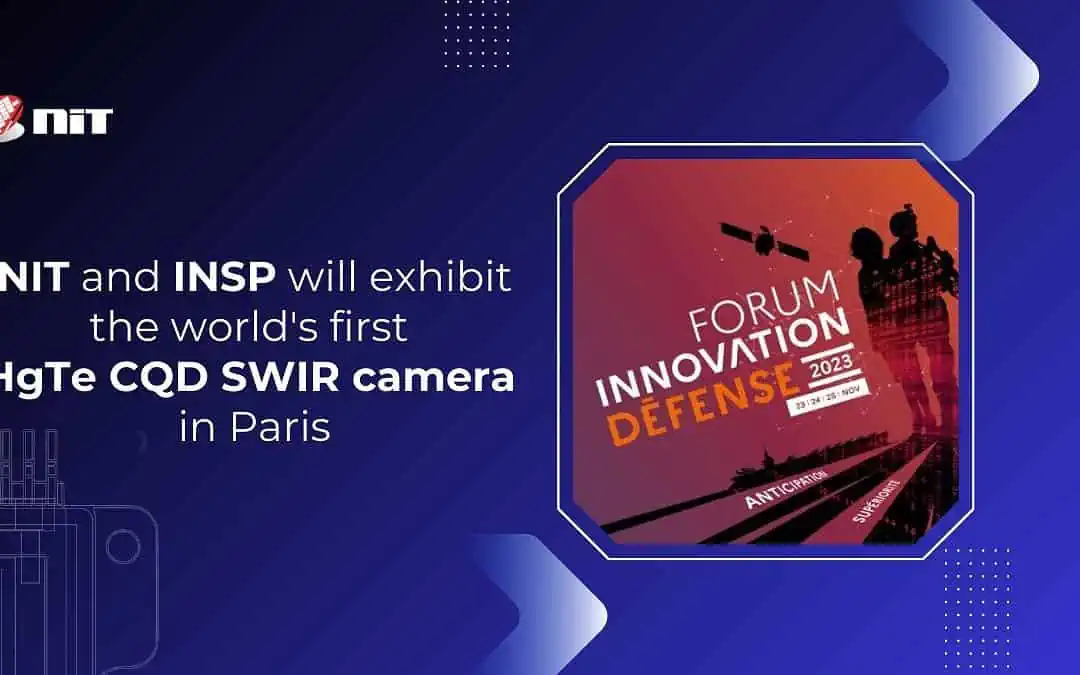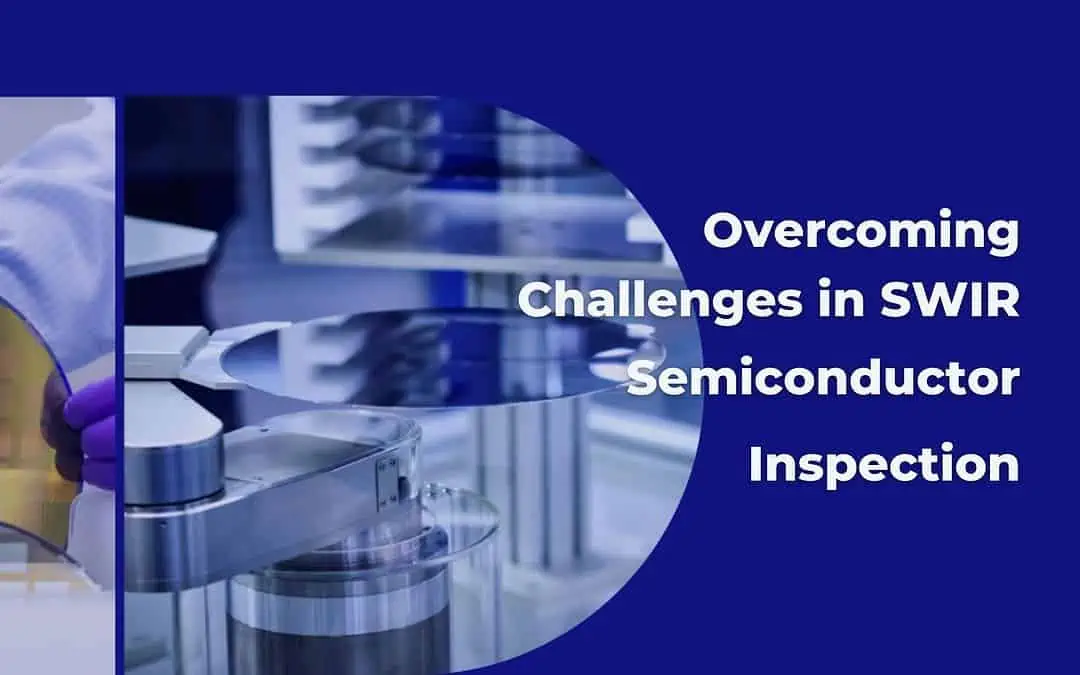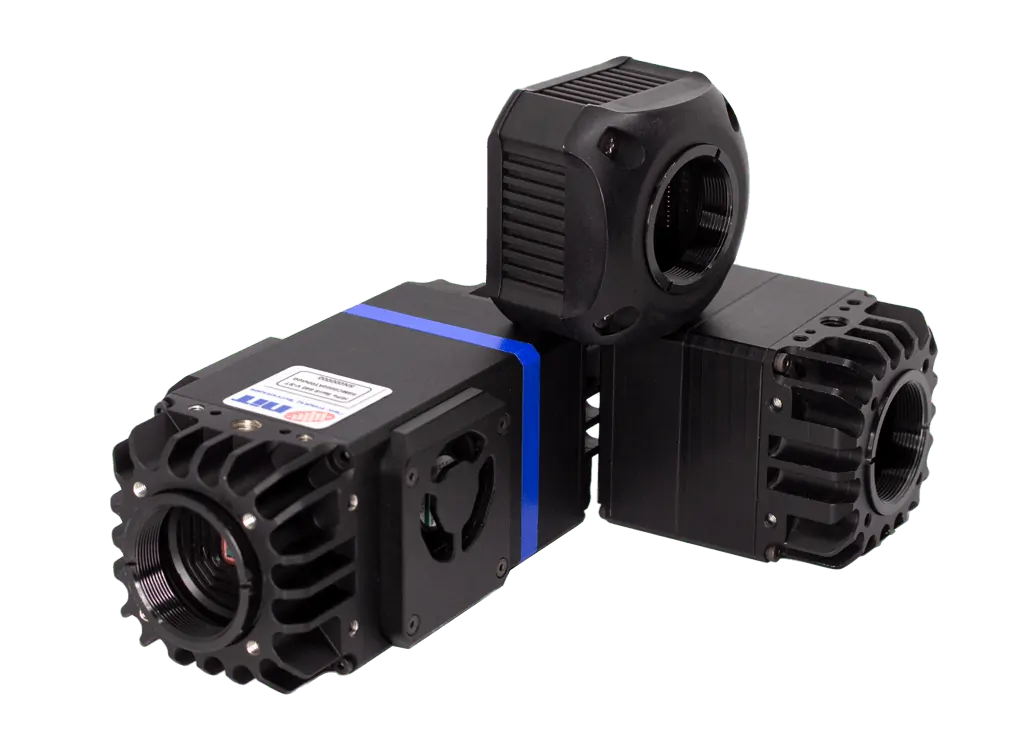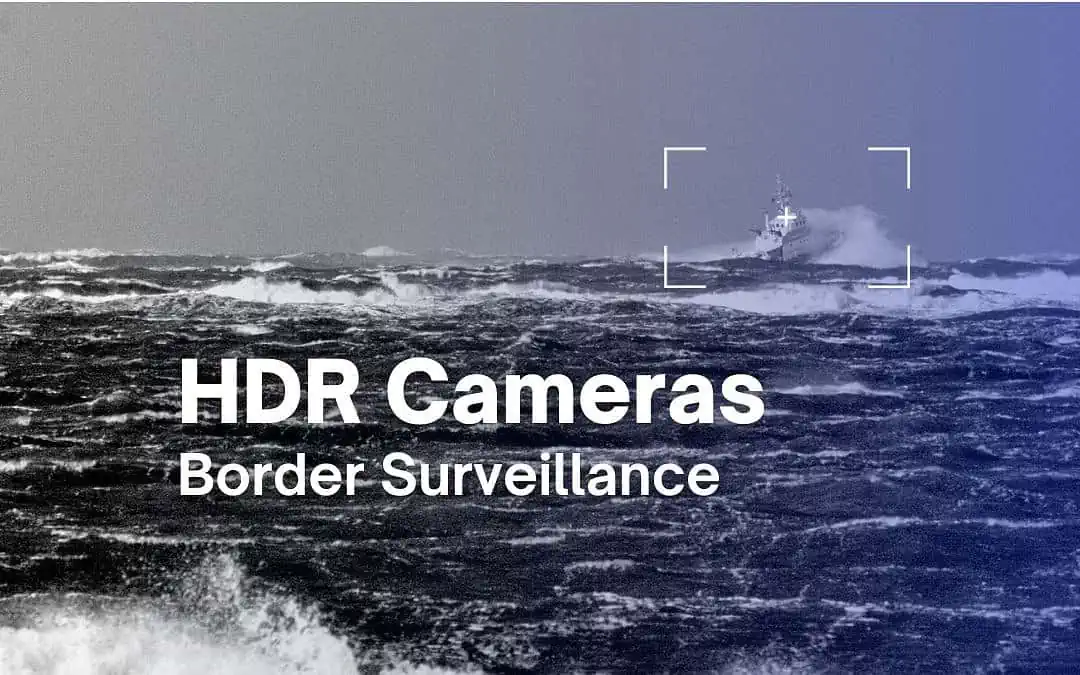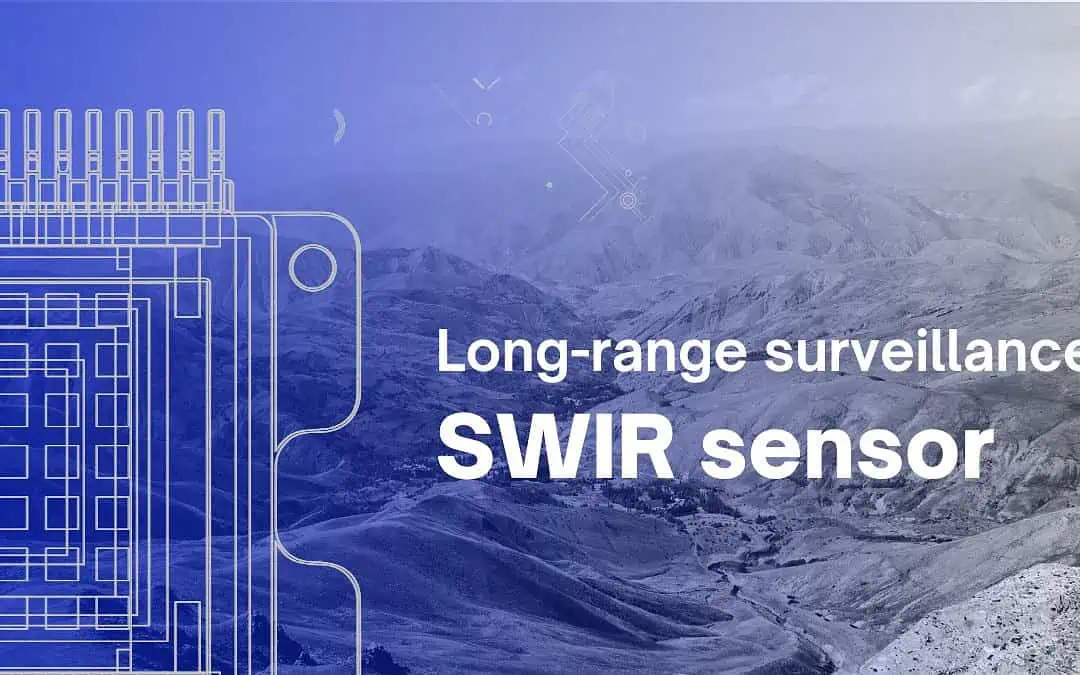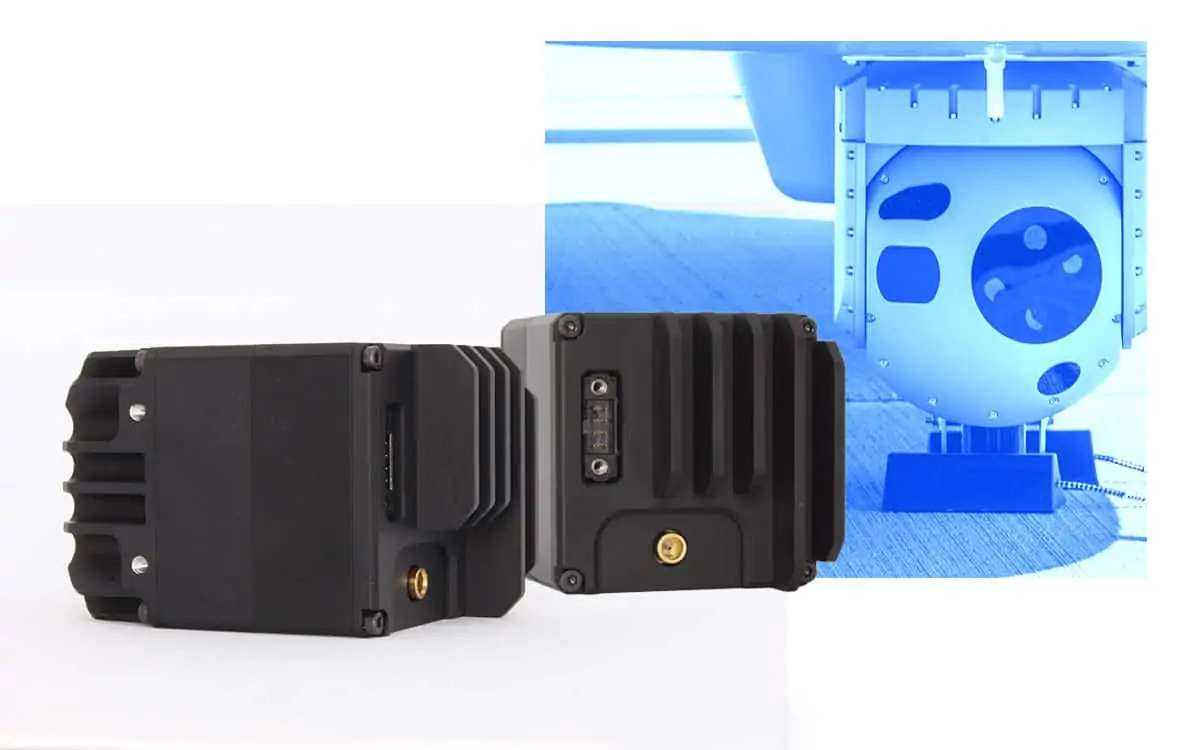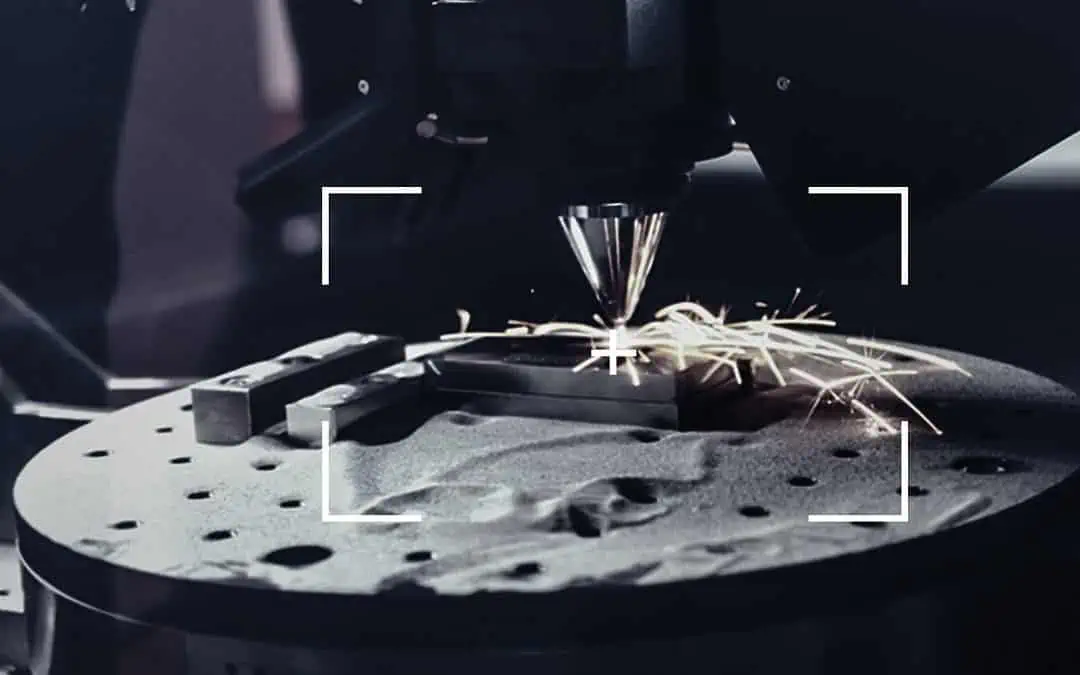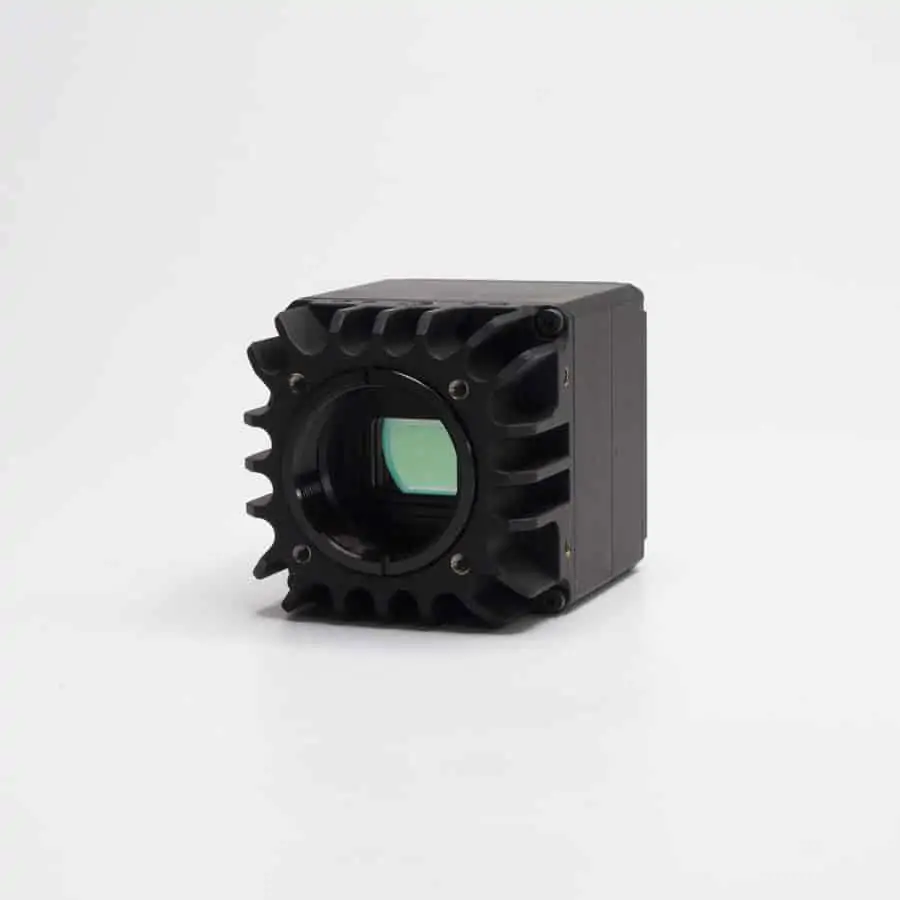In the realm of border security, staying one step ahead of potential threats is paramount. With advancements in technology, High Dynamic Range (HDR) cameras have emerged as a vital tool for bolstering surveillance capabilities. These advanced devices capture a wider range of light and create clearer images, vital for border surveillance. In this article, we will explore the reasons why HDR cameras are essential to ensuring robust border security.
What is an HDR camera?
An HDR camera, or High Dynamic Range camera, captures a wider range of light for clearer images. It’s designed to excel in scenes with both very bright and very dark areas. Unlike regular cameras, which struggle in such situations, HDR cameras merge multiple exposures to create a final image that shows clear details in both bright and dark parts. Therefore, HDR cameras are great for machine vision and surveillance where detailed images in tricky lighting are needed.
Benefits of HDR cameras
Unmatched Image Quality
HDR cameras excel at capturing images with exceptional clarity and detail, even in challenging lighting conditions. Along the border, lighting can vary greatly due to factors such as sun glare, shadows, and artificial lighting. Standard cameras often struggle to cope with such variations, resulting in blurry or washed-out images.
HDR cameras use smart tech to blend different exposures, keeping key details in bright and dark areas intact. The ability to capture precise visuals enhances the effectiveness of border surveillance significantly.
Real-Time Decision Making
Border security requires swift decision-making to respond to potential threats effectively. With conventional cameras, it may be challenging to discern minute details, especially during low-light situations. HDR cameras, on the other hand, provide security personnel with real-time, high-quality footage. This advantage enables authorities to analyze situations more accurately, identify potential risks promptly, and respond with greater efficiency.
Advanced HDR camera with SWIR Technology
Combining HDR capabilities with Short-Wave Infrared (SWIR) technology takes border surveillance to another level. SWIR cameras can detect thermal signatures and offer enhanced visibility during nighttime and adverse weather conditions. Adding SWIR sensors to HDR cameras helps spot intruders, smugglers, or suspicious actions missed by usual methods.
Mitigating False Alarms
False alarms can burden border security operations and lead to wasted resources. Standard cameras may trigger alerts due to fluctuations in lighting, such as headlights or sudden changes in weather. HDR cameras maintain image quality in all conditions, lowering false alarms and boosting threat detection precision.
Cost-Effectiveness and Longevity
While HDR cameras might involve higher initial costs, they offer long-term advantages that justify their investment. The extended lifespan of these cameras, coupled with reduced false alarms and improved situational awareness, results in cost-effectiveness over time. Better HDR camera performance reduces the need for many traditional cameras, cutting costs for upkeep and operations.
Incorporating HDR cameras into border surveillance systems is a game-changer in enhancing security and maintaining the integrity of national boundaries. Unmatched image quality, real-time decision-making, SWIR integration, and cost-effectiveness are vital for global border security. With HDR cameras, authorities strengthen surveillance, ensuring safer borders and a more secure nation.
NIT’s unique HDR technology for Border Surveillance
As a leading innovator in the field, NIT specializes in crafting cutting-edge image products that push the boundaries of technology. Our SWIR cameras, equipped with patented high-dynamic range with LOGARITHMIC response sensors, redefine what’s possible in image quality and precision. Possessing a remarkable, unique HDR of 120dB, NIT’s cameras can capture flawlessly intricate details in even the most challenging lighting conditions.
With NIT’s HDR SWIR cameras, you’ll witness scenes come to life with unparalleled clarity, devoid of saturation issues. Elevate your border security with NIT’s state-of-the-art cameras – your vigilant eyes in the most demanding environments.
